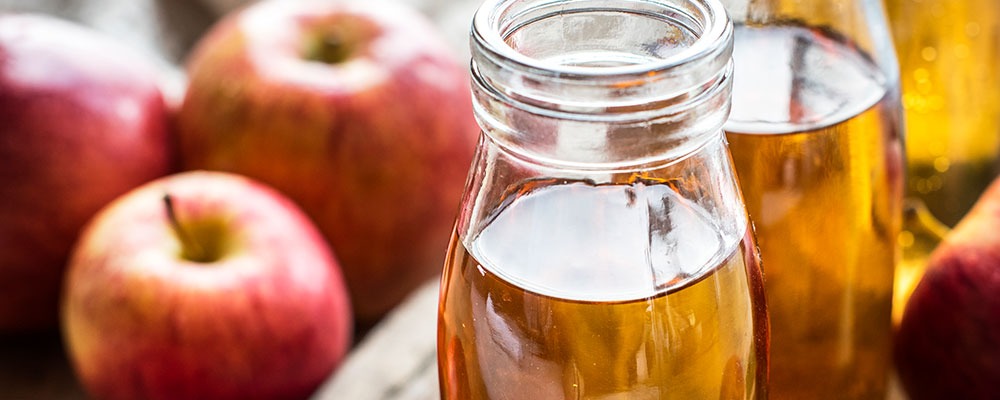In today’s fast-paced, resource-conscious world, food manufacturers are under increasing pressure to not only produce high-quality products but also to minimise waste at every stage of production. One area where significant improvements can be made is fruit juice processing—specifically, the reduction of juice waste. Traditionally, a considerable amount of potential juice is lost during extraction due to the inefficiencies of conventional methods. However, the introduction of high-yield extraction enzymes has revolutionised the industry, offering a science-driven solution that dramatically increases juice recovery, reduces waste, and enhances product quality.
Understanding Juice Waste in Processing
Juice waste refers to the portion of fruit mass that remains unused or underutilised during the juice extraction process. This can include pulp, peels, and insoluble solids that still contain valuable juice components. Depending on the type of fruit and the extraction technique employed, this waste can account for anywhere between 15% to 30% of the fruit’s potential juice yield. Such loss not only affects profitability but also contributes to environmental challenges in managing organic waste.
Mechanical methods alone are often insufficient in breaking down the complex cellular structures of fruits. This results in a substantial portion of juice remaining trapped in the fibrous tissues of the fruit. Additionally, mechanical processes can cause cloudiness and sedimentation in juice, reducing visual and taste appeal for consumers. These challenges are further compounded when working with fruits that have higher pectin or cellulose content, such as apples, citrus fruits, and berries.
The Role of Enzymes in Juice Extraction

Enzymes are biocatalysts—proteins that accelerate chemical reactions without being consumed in the process. In the context of fruit juice processing, specific enzymes such as pectinases, cellulases, and hemicellulases are used to break down plant cell walls, effectively releasing trapped juice and improving overall yield.
Pectinases, for instance, degrade the pectic substances in the middle lamella and primary cell walls of plant tissues. This action significantly lowers the viscosity of the fruit mash, facilitating easier juice separation. Cellulases, on the other hand, target the cellulose fibres within the cell walls, breaking them down into simpler sugars and aiding in juice liberation. When combined strategically, these enzymes offer a powerful solution to maximise extraction efficiency.
High-Yield Extraction Enzymes: A Game Changer
High-yield extraction enzymes are advanced, tailor-made formulations that incorporate optimised blends of pectinases, cellulases, and other supporting enzymes. These formulations are designed to work synergistically, targeting specific fruit substrates and enhancing extraction performance far beyond what traditional methods can achieve.
The application of these enzyme blends can lead to juice yield improvements of up to 10%–20%, depending on the fruit type and initial processing conditions. For juice manufacturers, this translates to higher output from the same raw material, leading to significant cost savings, reduced raw material procurement, and lower energy consumption per litre of juice produced.
Additionally, the use of high-yield enzymes improves juice clarity, enhances colour retention, and contributes to a more consistent flavour profile. By breaking down pectin and cellulose, these enzymes also reduce the need for filtration and centrifugation, leading to more streamlined production lines and lower mechanical wear and tear.
Environmental and Economic Benefits

Reducing juice waste is not merely an operational advantage; it is a critical step towards more sustainable food production. The disposal of fruit pomace and other by-products not only represents a waste of valuable nutrients but also contributes to landfill volume and potential methane emissions. By increasing juice recovery at the source, high-yield extraction enzymes directly contribute to waste minimisation and a reduced environmental footprint.
From an economic perspective, the benefits are manifold. Juice processors can lower their cost-per-litre production, optimise use of fruit inventory, and reduce downtime caused by clogging and fouling of equipment. In markets where fruit sourcing is seasonal or subject to price fluctuations, maximising yield becomes a key competitive differentiator.
Furthermore, the improved quality and shelf stability of enzyme-treated juices can open up new market opportunities, including premium juice products and exports. The uniformity of product output also makes it easier to meet regulatory requirements and quality assurance standards, thereby reducing the likelihood of batch rejections or recalls.
Tailoring Enzyme Use to Fruit Type
An important factor in the effective deployment of high-yield extraction enzymes is the customisation of enzyme formulations according to the fruit being processed. For example, apple juice production benefits significantly from a mix of pectinases and hemicellulases to break down the complex polysaccharides in the cell wall. Citrus fruits, with their higher pectin content, require robust pectin-degrading enzymes to achieve optimal results. Berries, rich in anthocyanins and prone to sedimentation, benefit from enzymes that can help stabilise the juice matrix while improving clarity.
Modern enzyme manufacturers offer enzyme formulations that are not only fruit-specific but also adaptable to different production conditions, such as temperature, pH, and processing time. This ensures maximum enzyme activity, efficiency, and return on investment.
The Future of Juice Processing with Enzymes
As the food and beverage industry continues to evolve, so too will the technologies that support sustainable production. Enzymes represent one of the most promising frontiers in this journey, offering a clean-label, non-GMO solution to a problem that has plagued juice manufacturers for decades. The future will likely see even more refined enzyme blends, greater integration with digital process control systems, and further innovations aimed at extracting every possible drop of value from raw materials.
Consumer preferences are also shifting towards naturally processed, additive-free beverages. The use of enzymes aligns with this trend, enabling the production of juices that are closer to their natural state, without the need for chemical clarifiers or synthetic additives.
Conclusion
In a landscape where efficiency, sustainability, and product quality are paramount, high-yield extraction enzymes offer juice manufacturers an unparalleled advantage. By significantly reducing juice waste and boosting extraction rates, these enzymes enable producers to meet rising consumer demands, minimise environmental impact, and optimise their production economics—all while delivering a superior end product.
At the forefront of this enzymatic evolution is Biolaxi Enzymes, a trusted partner to juice manufacturers worldwide. With deep scientific expertise, customised enzyme formulations, and a steadfast commitment to quality, Biolaxi helps processors achieve higher yields, better juice clarity, and consistent product excellence. Through advanced enzymatic solutions, Biolaxi continues to play a vital role in shaping the future of sustainable and efficient juice processing.




